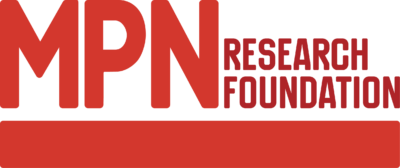Sunday December 10, 2007 8:00 am ET
ORLANDO, Fla., Dec. 10 /PRNewswire/ — Both the cause and cure for polycythemia vera, a disorder of uncontrolled blood cell production, remain elusive, but researchers from the University of Florence, Italy, may be a step closer to both. Their findings are being presented today during the 48th Annual Meeting of the American Society of Hematology (ASH(TM)).
“There has been much excitement in the scientific and medical communities since the discovery last year of JAK2’s role in a number of blood disorders,” said ASH President Kanti R. Rai, MD, of Long Island Jewish Medical Center and the Albert Einstein College of Medicine. “This study further defines the place of this gene in polycythemia vera and may revolutionize the way we diagnose and treat patients with this disorder.”
The JAK2 gene plays a role in the signaling pathways that tell the body to generate blood cells. Some polycythemia vera patients have normal JAK2, but most with this disorder have a V617F mutation on the JAK2 gene. In this study, blood samples were collected from 116 polycythemia vera patients at or near diagnosis, and the ratio of normal JAK2 to mutated JAK2 was examined to see how it affected the patients’ symptoms and course of disease.
Detectable amounts of the mutated gene were found in 83 percent of the patients. Researchers then divided the patients into four groups based on their level of JAK2(V617F). In 32 patients, between 1 and 25 percent of their JAK2 genes had the V617F mutation; 24 patients had between 26 and 50 percent; 17 patients had more than half (51-75 percent); and 23 had all or nearly all mutated JAK2 genes (76-100 percent).
The frequency of patients who had an overexpression of PRV-1, a known biomarker of polycythemia vera, was 8 percent among those with normal JAK2 genes, but was noticeably higher in all other groups, up to 100 percent in the two groups with the highest levels of JAK2(V617F).
Those with the highest levels of the mutated gene were also more likely to have an enlarged spleen (the body’s blood filter) and severe itching, and were more likely to require chemotherapy follow-up. In addition, the risk of major clots, which could lead to stroke or heart attack, was up to four times higher in the group with the highest level of JAK2(V617F) when compared to those with the normal expression of the gene. This risk was independent of age, blood cell counts, or treatment options.
“Our data support a meaningful correlation between the proportion of mutant JAK2 and the degree of symptoms seen in polycythemia vera patients,” said Alessandro M. Vannucchi, MD, Associate Professor of Hematology at the University of Florence and lead study author. “We predict this finding could lead to new approaches in risk stratification for these patients and possibly new targeted treatments.”
The American Society of Hematology (http://www.hematology.org) is the world’s largest professional society concerned with the causes and treatment of blood disorders. Its mission is to further the understanding, diagnosis, treatment, and prevention of disorders affecting blood, bone marrow, and the immunologic, hemostatic, and vascular systems, by promoting research, clinical care, education, training, and advocacy in hematology.
